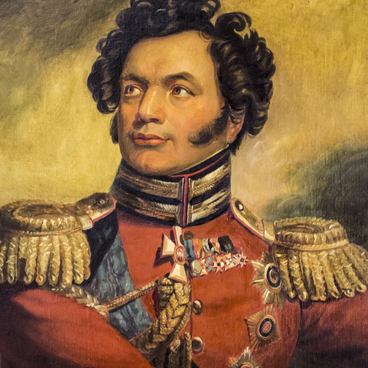The famous fire of Moscow began on September 2 (14), 1812, the day when the French army entered the city. The official Russian version stated that the city was set on fire by the enemy, however, many eyewitnesses of the events claimed that the Russians were also involved.
A number of documents also confirm this fact. Before abandoning the city, Mikhail Illarionovich Kutuzov ordered to destroy warehouses with weapons, food and fodder that could not be taken by the soldiers. The fire could spread from the warehouses to neighboring buildings.
A significant role in the organization of the burning was played by the Governor-General of Moscow Fyodor Vasilyevich Rostopchin. He gave instructions to the Moscow police to “try to destroy everything with fire” and release prisoners from prisons before the surrender of the city.
Fyodor Rostopchin also removed all equipment of the “fire brigades” and the personnel from Moscow. In his personal correspondence, even before the Battle of Borodino, he admitted the possibility of burning Moscow in the event of its surrender to the enemy.
On September 3, a Cossack detachment entered the city and set fire to the Moskvoretsky Bridge. Local residents would also randomly set buildings alight. Bonfires built by the French army and dry windy weather were also a major factor.
Looting, which began in the city, also contributed to the further spread of the fire. The very next day, the fire engulfed the entire city, and on September 4, Napoleon was forced to leave the Kremlin and go to the Petrovsky Palace on the northwestern outskirts of the city. Only on September 8, after heavy rain, the fire subsided, but it destroyed three quarters of all buildings.
The original painting, made in the 19th century by the artist Alexander Smirnov, about whom art historians have various theories, is kept in the “Battle of Borodino” Museum-Panorama. A reproduction displayed in the Borodino Museum-Reserve was painted by M. Kozinsky in the mid-20th century. The picture shows the Cathedral Square of the Kremlin, in the middle of which Napoleon stands with his commanders. On the right are the Annunciation Cathedral, the Cathedral of the Archangel, and the Ivan the Great Bell Tower. Far behind the river is Zamoskvorechye.

